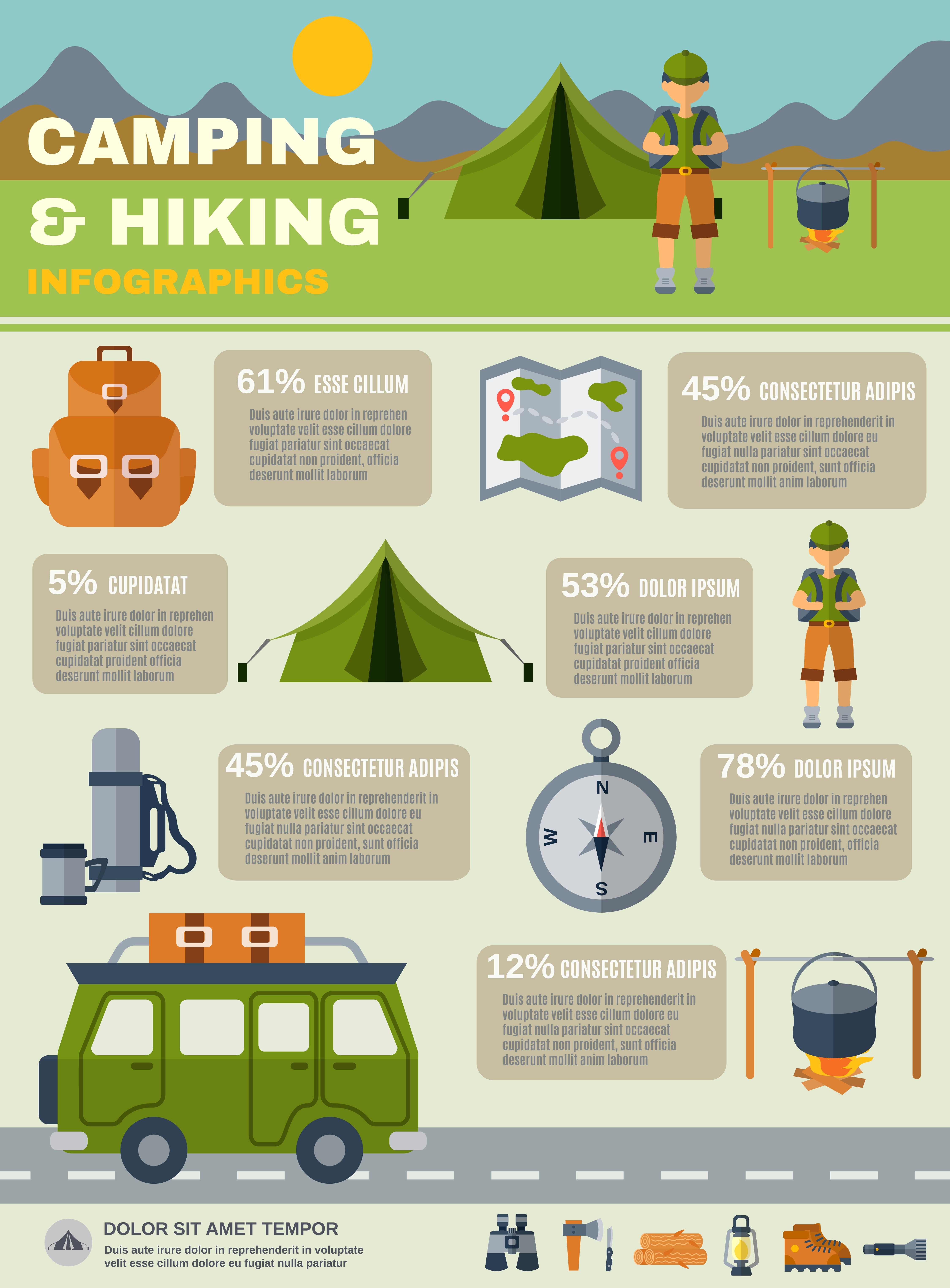Guide To A Successful Online Camping Tents Product Sales
Guide To A Successful Online Camping Tents Product Sales
Blog Article
Exactly How to Properly Set Up Your Outdoor Tents Prior To Camping
Setting up your camping tent can be a daunting task for even skilled campers. This overview will certainly cover the basics of pitching a tent correctly and securely so you can appreciate your outdoor camping journey without stress or worry.
How do you store a tent for winter?
Begin by setting out your tent's impact and ground sheet to safeguard your outdoor tents floor from rocks, sticks, dust, and other particles. Next, assemble the camping tent poles and secure them to the corners of the camping tent body using the proper sleeve or hook.
Choosing the Right Website
When you are exhausted after a lengthy day hiking, you wish to pitch your tent and prepare to sleep. However you need to first stroll around the site to see to it it is safe for outdoor camping. Look down and as much as find out whether any type of trees have big dead branches that can fall on your tent. These are in some cases called widowmakers and you do not desire them to drop on you while you're sleeping.
Additionally be sure to avoid reduced places that could flood throughout a tornado and to camp far from animal tracks, nests and environments where ticks and chiggers are more than likely to flourish. Look for a level, rock-free spot that is big enough for your camping tent and any other equipment you'll be bringing.
Some people like to set their camping tents up so the head end is pointed toward the eastern to capture the sun's warming rays first thing in the morning. This isn't constantly essential, yet it is a nice touch that can assist wake you up.
Pitching Tips
It might appear noticeable, but proper camping tent throwing is one of the most essential consider a good night's rest. Having a practice run in the house will help you familiarize yourself with your camping tent, locate all the post sleeves and bolts, and see to it every little thing is in place. It's additionally a good time to practice using guylines for stability and to uncover any busted items.
When you reach your outdoor camping website, check out the surface to see if it appropriates for your tent. A great general rule is to pitch the outdoor tents on a flat, level area with a mild downhill angle. This will certainly permit rainfall to drain away from the outdoor tents instead of merging before it.
If you can't locate a level area, consider positioning a tarpaulin or various other groundsheet under your tent impact to secure it from moisture. This can also help keep dust out of the tent.
Using Guylines Efficiently
Using man lines efficiently is necessary to ensuring your tent or hammock stays secure in high winds and various other poor weather conditions. A guy line is a rope or cable that attaches to the ground through loopholes and D-rings in the structure, tarpaulin, or rainfly.
Beginning by protecting one end of the line to a guyout loophole on your camping tent or rain fly, or to the post it's attached to. Then loophole the various other end of the line over a risk positioned faraway from the structure and tighten it.
Keeping your sanctuary's individual lines taut will certainly prevent drooping or drooping throughout windy problems, protecting against moisture from seeping into the tent or damages to the framework and boosting comfort and safety during camping. Constantly inspect the tension of your individual lines throughout and after negative weather to ensure they stay secure. Furthermore, consider loading a man line tensioner to quickly readjust and keep the correct quantity of tension in your lines.
Removing the Outdoor tents
When clearing up right into your campsite, discover an area with a level location and clear it of rocks and debris. Also, make sure to lay down a camping tent impact or tarp somewhat smaller sized than your tent body to avoid water merging. This aids keep your camping tent dry from rain or condensation glamoing tents and can be specifically practical in gusty areas.
Analyze your equipment, consisting of the tent stuff sacks to make sure absolutely nothing is missing out on. Check that the poles fit into their clips and restock first-aid items if needed.
When it's time to pitch your tent, start by orienting the doors downwind, and stake down each edge of the camping tent. If the ground hangs or sandy, think about spreading out a tarpaulin under your camping tent to secure it from wind and minimize the likelihood of your tent toppling. Likewise, make certain to use guylines efficiently to tie down your rainfly and keep it taut. A well-pitched tent can prevent dripping, condensation, and sunlight damages.
Why does my tent get wet inside?
